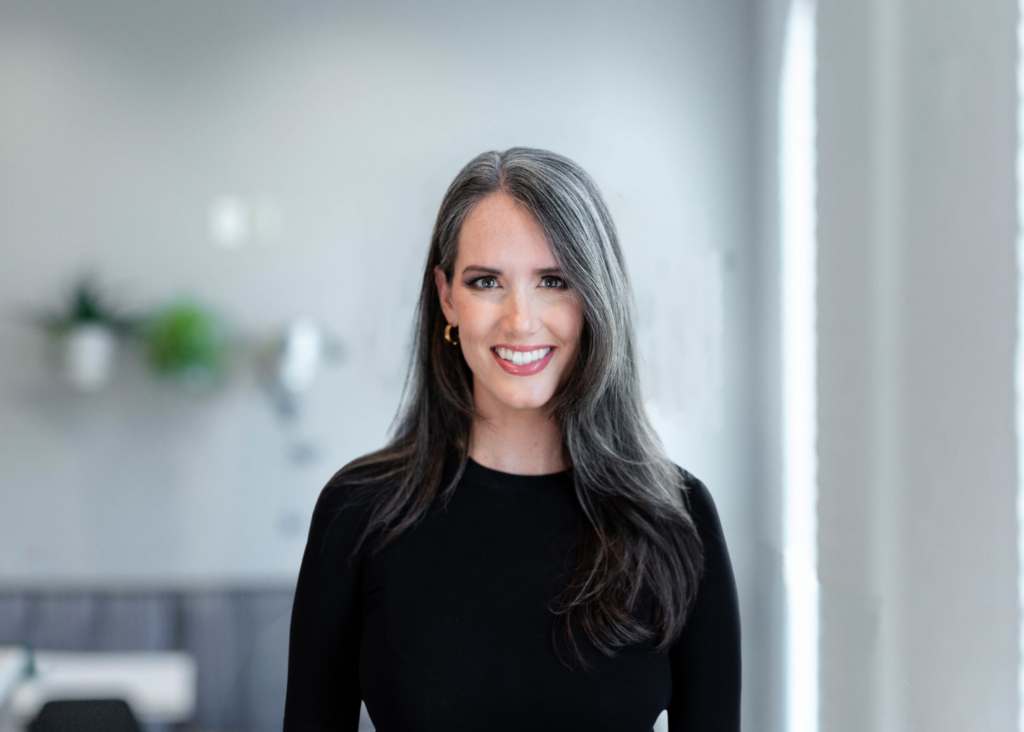By Brian J. Rogal, Real Estate Forum
May 30, 2014
For decades, prospective homeowners wanted to escape from dense urban centers and builders responded to this demand by constructing vast, far-flung developments of single-family homes and shopping malls. But several US age groups have begun to rethink how they want to live, and experts say developers who respond to their new demands for dense, walkable, mixed-use communities will be the ones who get ahead.
“Developers need to study demographics the way stockbrokers study the market,” says Edward T. McMahon, the Charles E. Fraser chair on sustainable development and environmental policy at the Urban Land Institute in Washington, DC. And the pictures that emerge from those studies can be complex.
Those in the market for new homes, stores and other amenities are both older and younger than in years past. Generation Y, or those born between 1979 and 1995, number nearly 80 million and have increasingly migrated toward dense urban cores. But the country’s second largest generation, the baby boomers, or those born between 1946 and 1964, number 75 million, and have also joined their children’s generation in demanding dense communities.
“For years, we’ve been building housing like every family is the Waltons,” McMahon adds. But the fastest-growing type of household in the US is singles who live alone.
Earlier this spring, ULI released the results of its “America in 2013” housing survey, which shows that these growing demographic groups, including Gen Y, African-Americans and Latinos, strongly desire urban-style, mixed-use communities. For example, most Gen Y members prefer diverse housing choices, 62% prefer to live in developments that provide shopping, dining and even office space, and more than three-fourths place high value on walkability. And perhaps most significant for real estate developers, 63% of Gen Y respondents said they would move in the next five years.
“The boomers have also changed,” McMahon says. “Their children have left home and many are interested in downsizing. We’ve found that many want to live near their kids.” According to the ULI survey, the majority of boomers want better access to public transportation, and 72% would prefer shorter commutes and smaller homes over longer commutes and larger homes. Furthermore, nearly half want to join the younger generation and live near a diverse mix of shopping, dining and office space.
“All of these things coming together are basically changing the real estate world,” says McMahon. “It’s why we are seeing so much multi-use development. One-size-fits-all won’t work for buying groups that are so different from one another.”
The signs of that transformation are becoming more visible every year and have even begun correcting past mistakes. The city of Rockville, in Maryland’s Montgomery County, for example, tore down its historic downtown back in the early 1970s in a fit of urban renewal, and replaced it with a mall, McMahon says. “Today, of course, they took the mall down and put the downtown back.” The current Rockville Town Square has a more appealing mix of boutiques, restaurants, condos, rental apartments and the Rockville Library.
And in 2011, Fairfax County in Virginia won the Daniel Burnham Award from the American Planning Association for its plan to transform Tysons Corner, a huge suburban office park and shopping district in McLean, into a 24-hour urban center connected to public transportation where people will live, work and shop.
“Market analysis in the past was always backward looking,” McMahon adds. “Today you have to really look forward and analyze the demographic make-up and ask, ‘what do these people want?’”
The downtown of West Palm Beach, FL, for example, recently was transformed by CityPlace, a New Urbanist mixed-use development by the Palladium Co. First opened in 2000, it eventually included about 600,000 square feet of retail, anchored by tenants such as Macy’s and Publix, the first downtown office tower in many years and about 1,000 private residences, McMahon says.
“A traditional market analysis would have told you that there is no market for housing in Downtown West Palm Beach,” simply because there was none there at the time, McMahon says. But once it was built, “it sold or leased up overnight. You have to hold your finger to the wind and figure out the inevitable; that’s the secret to real estate today.”
“There have always been people who have done smart, sophisticated analysis,” he adds. However, most of the housing in the US was constructed by small builders who didn’t have that capacity. But McMahon hopes that all developers can take inspiration from the growing number of intelligent mixed-use designs.
“When Disney decided to build the town of Celebration,” the company’s Florida showpiece of New Urbanist thinking not far from its Disney World complex, “it probably did more market analysis than anybody ever did in the US,” McMahon says. One of the most important things it discovered was that “prospective residents wanted an active community, not a bland one.” The developers responded by building the retail component first. “They wanted to create an active place and generate buzz.”
Download “Demographics of Mixed Use” Real Estate Forum.






